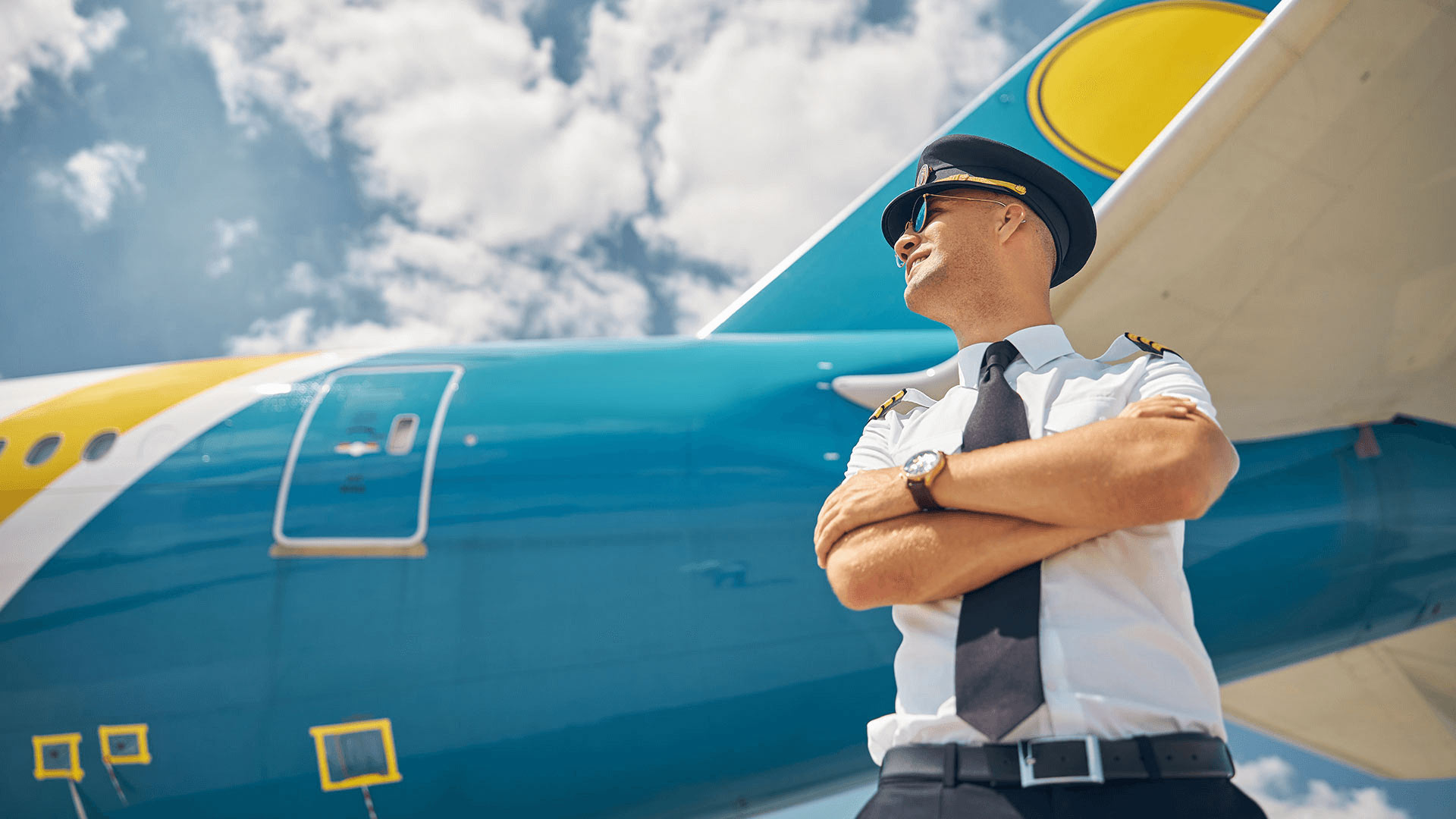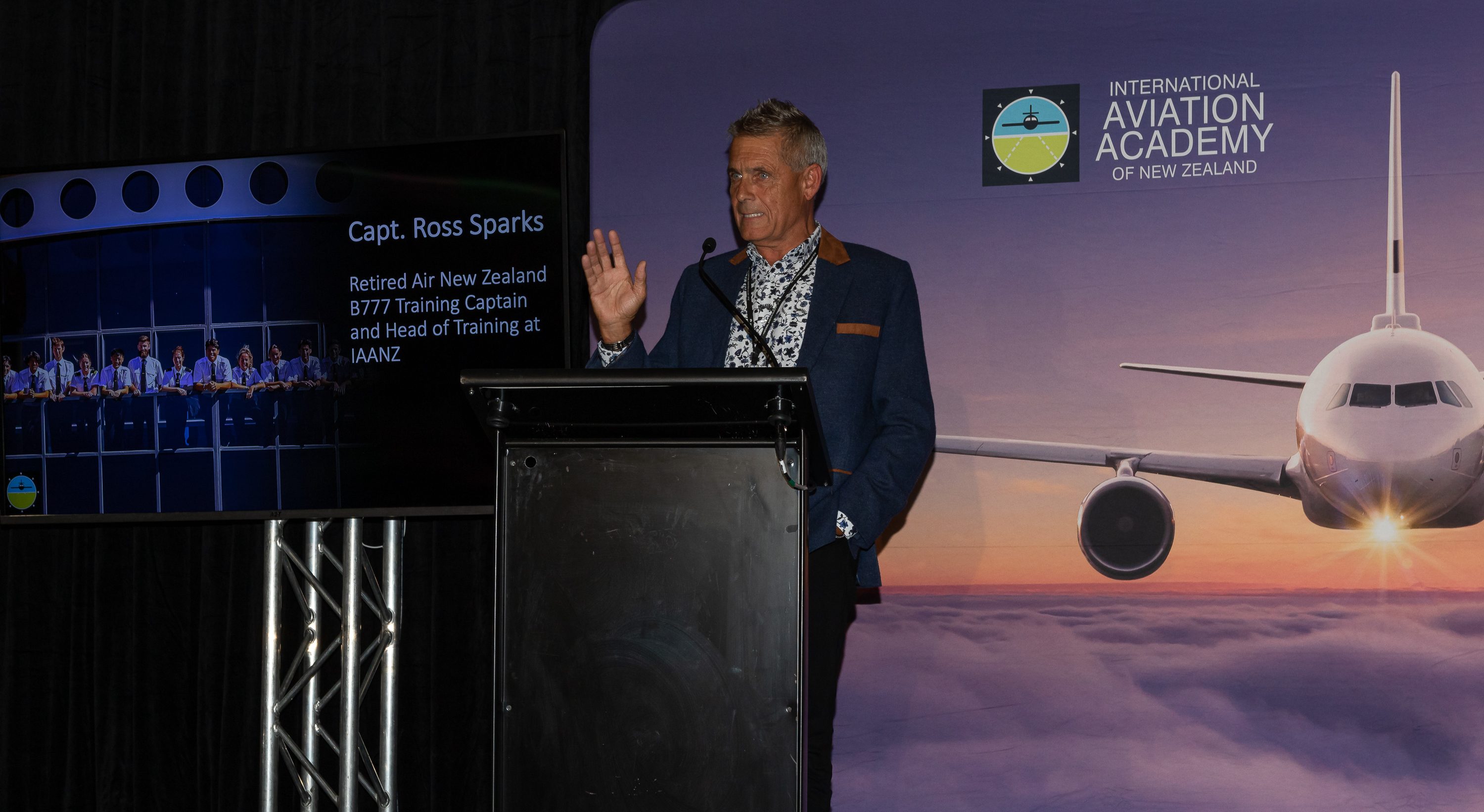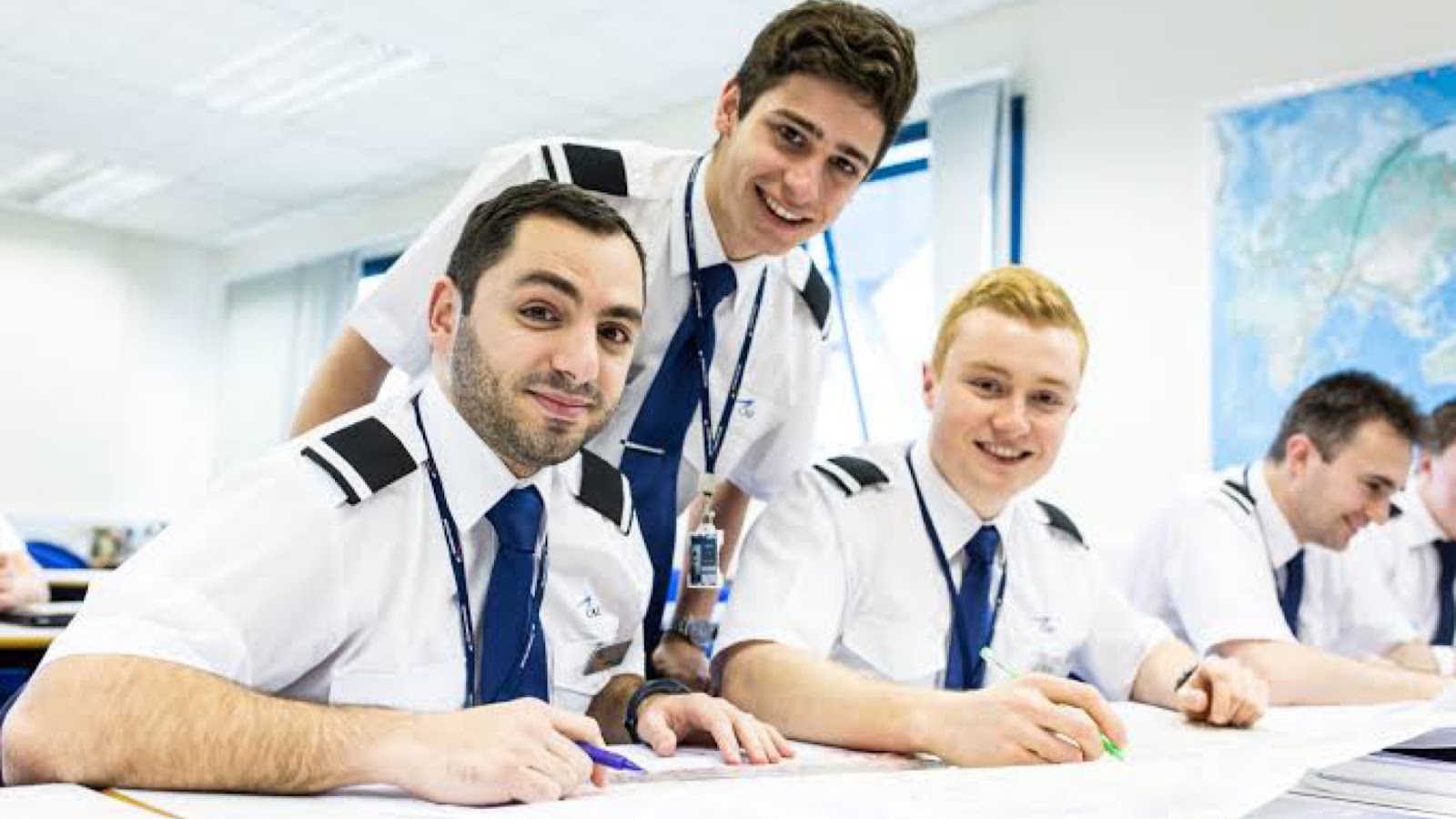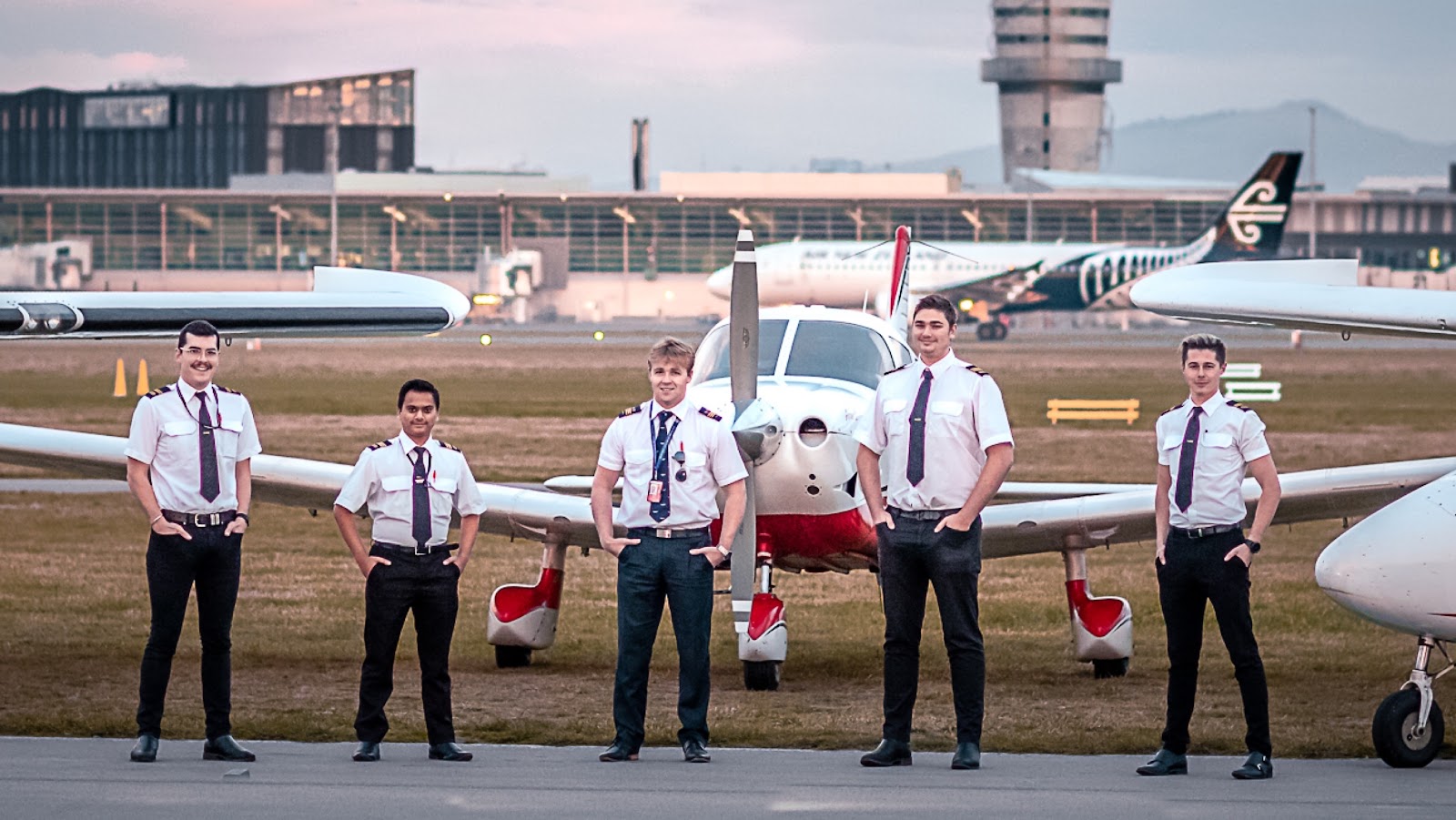Many experienced pilots in New Zealand are content to fly simply for fun. To work as a pilot, you must hold a CPL. There are about 4000 pilots with an active CPL in New Zealand and over 16000 in India.
Pilots with a CPL may fly as pilot‐in‐command on a single pilot aircraft or co‐pilot on a multi‐crew aircraft. You can hold a CPL once you are 18 years old.
The CPL includes both theoretical and practical training, the first step being your medical certificate.
Medical
Commercial pilots must pass a class 1 medical examination with more requirements than the class 2 examination for a PPL. During the class 1 medical, your past medical history and current medical status will be assessed. Additional investigations may be requested.
It is a good idea to talk to a designated medical examiner before your appointment. Your aero club or flying school like IAANZ can provide you with a list of designated medical examiners in your area, and they are listed on the CAA website.
It’s a good idea to obtain your medical certificate before beginning flight training for a CPL to avoid possible disappointment.
A class 1 medical certificate must be renewed annually if you are aged less than 40. For single-pilot air operations carrying passengers, renewal is every six months if you are 40 and over.
Flying
To be a commercial airplane pilot, you must have completed a minimum of 200 hours of flying training before you are eligible to sit your flight test. Many people, however, do not sit this test until they have about 215 to 230 hours.
New Zealand has many aero clubs and flying schools that offer different aircraft types and training environments. The International Aviation Academy of New Zealand is the largest and oldest flight training organization with a fleet of 28 aircraft and training about 140 cadets from over 16 different countries at any given time.
IAANZ teaches commercial pilots in full-time courses that involve integrated flight and theory training on a Student Visa for International Students.
It is advisable to maintain a regular training program to progress efficiently. This needs to coordinate theory examination passes and their validity periods with relevant flight training requirements. A personalized training program can be planned with your instructor.
Your commercial flight training at IAANZ will follow a set syllabus and include cross‐country flying and instrument flying. You will be expected to meet a higher standard than for your PPL.
Examinations
Commercial pilots must pass examinations in air law, flight navigation general, meteorology, principles of flight and aircraft performance, general aircraft technical knowledge (airplane or helicopter), and human factors. These are similar to tertiary-level examinations.
In addition, a demonstration of English language proficiency will be required if not passed beforehand.
CPL issue
When you hold a current class 1 medical certificate, have passed the CPL examinations, have the required flying experience, and give the practical flight test, you can apply to the CAA to issue a CPL.
You can now seek employment as a pilot, but you may only fly under visual flight rules (VFR) unless you have an instrument rating. This means that you must see the surface to navigate – you cannot fly in the clouds. Possible careers include VFR charter, scenic flying, and agricultural flying.
When employed as a CPL, you will have ongoing competency checks at least annually to ensure that you are flying to the required standard.
The next step for many CPL pilots is to gain several ratings to give them more qualifications and opportunities to work as a pilot.
Has it been your dream to be a commercial pilot? Are you looking for a flight training school that can make that dream come true?
The International Aviation Academy of New Zealand is the Best Path to the Aviation Industry. Visit the website to begin your private pilot lessons today.





